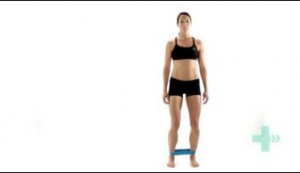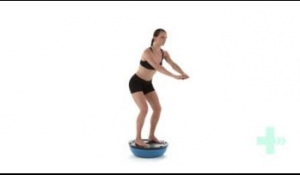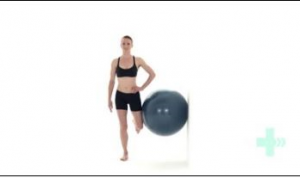Sitting is the new smoking
Sitting is the new smoking
Is Sitting really that bad for you?! Are standing desks worth it?
It is not uncommon to read public health articles in the news and wonder if there’s any truth behind the story or is it all just being blown out of proportion?
Here we explore the story, the research and what us health professionals think.
(You might want to stand up for this!!)
- Your chair is not out to kill you. It’s not necessarily all about the sitting itself but more the problems associated with inactivity. We all know that there are several risk factors for heart disease including family history, high blood pressure, obesity, cholesterol, diabetes and being physically inactive – whilst the action of sitting won’t necessarily cause you harm, it’s the periods of inactivity.
- Knowing the risks and implementing strategies is useful, if your job largely involves desk based work, get up and about on your way home, at the weekends and use your lunch breaks effectively.
- Sitting and low back pain. The discs between our vertebrae are compressed in certain positions. The lumbar vertebrae more so when you’re sitting or in flexion. We all have a flexion capacity. If you are sitting all day long, don’t go to the gym and continue to do sit ups or activities where you load in flexion, modify to increase your flexion tolerance and reduce your risk of low back pain.
-
- Use a lumbar roll in your chair to support your spine, limit your sitting to a maximum of 30mins and don’t slump over your laptop on the couch!
-
- Don’t just stand there like a lemon. Standing all day equally isn’t the answer either. No posture is good enough to be maintained for lengthy periods of time without variation. It’s important to distribute loads equally through your body.
-
- Rest your feet and legs for short periods. Change your postures. Start by sitting for an hour, standing for a couple of hours and repeat.
-
As health professionals we recommend the use of a height adjustable standing desk that allows you to easily switch between the two. It’s a cost-effective solution to all of the above problems for those of you working in an office environment.
If you have any questions or concerns about your back, your posture or your ergonomic set-up, just ask us! We’d be more than happy to assess and advise.





